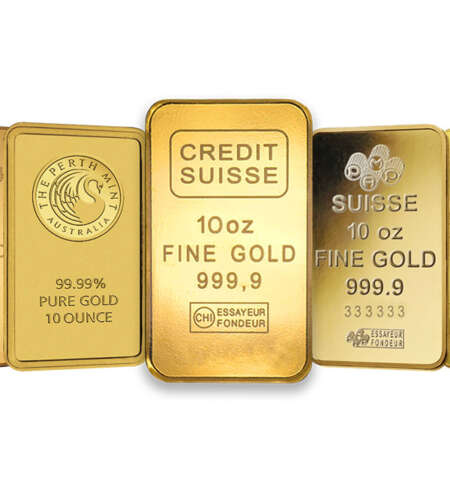Gold rose as demand for the haven asset grew amid fears of escalating tensions in the Middle East following Iran’s unprecedented attack on Israel over the weekend.
Bullion rose as much as 1.7% on Monday as the conflict in the Middle East entered a dangerous new phase, edging closer to last week’s new record high. The Islamic Republic fired more than 300 drones and missiles against Israel, though most were intercepted and there were no fatalities reported.
The precious metal broke through $2,400 an ounce on Friday, but closed the session lower as technical indicators indicated its rally had run too hot and investors liquidated positions. The latest developments in the Middle East rekindled the flight to safety, with fears over a potential retaliation by Israel likely to support gold in the near term.
The escalating tensions in the Middle East are “a reason in itself to buy gold,” said Chris Weston, head of research at Pepperstone Group Ltd. “There’s a sizable geopolitical premium being priced into moves,” he said, adding that the medium-term path will likely be higher.
Gold has surged by almost 20% since mid-February in a rally that’s taken many investors by surprise. Swaps markets suggest that investors have lowered their expectations for the scope and pace of Federal Reserve cuts to interest rates this year. That would typically be a headwind for bullion, as it doesn’t pay interest.
Nevertheless, the metal has gained support from other factors including robust buying by central banks and increased demand from Chinese consumers. Rising geopolitical risks in the Middle East and Ukraine have boosted the metal’s haven appeal.
A number of Wall Street banks have also recently lifted their price forecasts for gold, with Goldman Sachs Group Inc. on Monday raising its year-end forecast to $2,700 an ounce. Interest-rate cuts due this year from the Fed will add to gold’s bullish momentum, the bank said.
Spot gold climbed 1.6% to $2,380.72 an ounce as of 3:18 p.m. in New York, after increasing 0.6% last week. Silver advanced 3.5%, while platinum and palladium fell.
Source: mining.com


